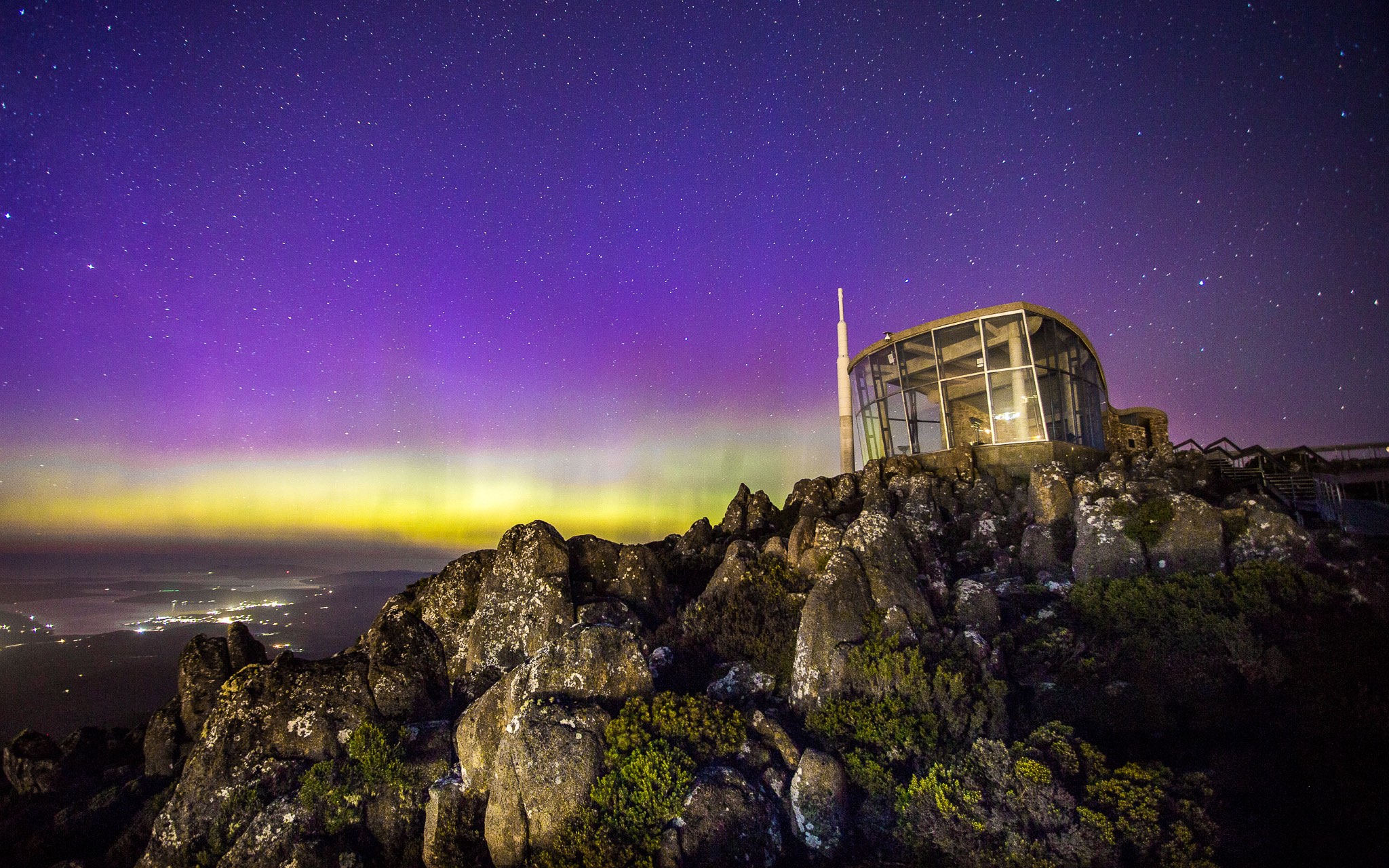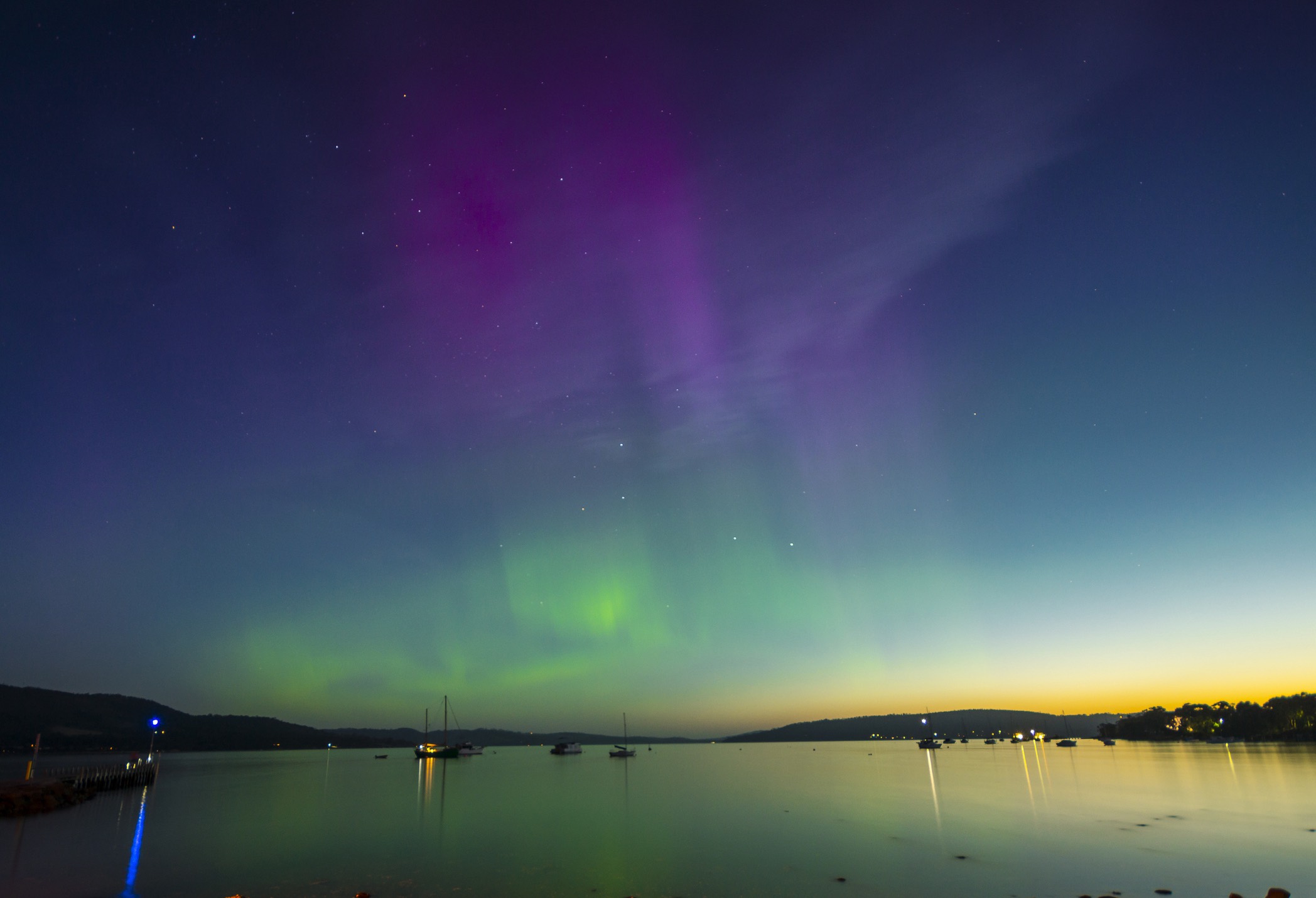Southern lights - What is it and where to see Aurora Australis
Are you hoping to experience the breathtaking beauty of the Southern Lights in Australia? The Aurora Australis, also known as the Southern Lights, is one of nature's most spectacular light shows that can be seen from various parts of southern Australia.
The Southern Lights are commonly seen near Antarctica (though some sightings have been reported further north), where the combination of high latitude and weather conditions tends to be ideal for viewing, due to the dark skies and clean air. However, they can also be seen in parts of Australia such as Tasmania, New South Wales, Victoria and South Australia.
In this guide, we'll provide an overview on what causes these mesmerizing lights, when they happen, interesting facts about this event as well as some recommendations for where you should go if you want to see them for yourself!
What Are The Southern Lights (Aurora Australis)?
The Southern Lights are a phenomenon known more formally as the Aurora Australis. In similar fashion to the Northern Lights (Aurora Borealis) in the Northern Hemisphere, the Southern Lights are an amazing light show of vivid colours like green, purple, and pink that appear to flow across the sky. It is only visible during night time and looks like dancing curtains of light that float across the sky.
The most active auroras happen during times when there’s an increase in solar winds, which can lead to the Southern Lights becoming visible at high latitudes. The southern auroral zone is roughly 60 - 70 degrees south of the equator, which surrounds Antarctica but can be visible from parts of southern Australia, especially Tasmania.

Image: Aurora Australis at kunanyi / Mount Wellington, Tasmania
What Causes The Southern Lights?
This spectacular natural light display occurs when charged particles from the outermost region of the Sun rush towards Earth and interact with atoms in Earth’s atmosphere around the planet’s south magnetic pole. This solar activity sends electrically charged particles into space, which then interact with Earth’s magnetic field before coming into contact with oxygen and nitrogen in our atmosphere. When the two meet, they produce different coloured lights that appear to wave across the night sky in what is described as an aurora.
The colours of the Southern Lights are determined by the types of molecules that are present in the upper atmosphere. Aurora’s full of greens and reds and caused by oxygen in the upper atmosphere, while blues and reds can also be emitted by nitrogen.
When does Australia Get The Southern Lights?
It can be difficult to predict when the Southern Lights will appear because it depends on several factors, including geomagnetic activity and solar wind speed. However, in a general sense, the best time to see the Southern Lights is during the cooler and darker months, between May and August.
On clear nights during these months when there is no moonlight, you may be lucky enough to catch sight of the dazzling displays in the sky. However, it’s important to note that overcast nights or bright moonlit skies can greatly reduce visibility.
How do you predict auroras?
Firstly, to predict an aurora, you need to stay on top of solar activity. What you are looking for is geomagnetic storms, which occur due to charged particles from the sun interacting with the Earth’s atmosphere.
Once you find out if the storm will happen and impact Earth, then you need to check the weather conditions for the given night. Clouds are the enemy in this situation as they will sit in front of your view of the aurora, so you need to hope for clear skies when checking your weather forecast.
Where Are The Best Places To See The Southern Lights In Australia?
Naturally, with the auroral zone occurring around the south pole and Antarctica, the best places to see the Southern lights are in southern areas of Australia. However, there are a number of popular places people visit to be able to see the lights.
As a general rule, the best spots to watch the Southern Lights are places that are dark, remote and as far south as you can get. However, you can still see the Aurora Australis from places that aren’t too far away from some of Australia’s most populated southern cities.
Mount Wellington, Tasmania
Mount Wellington can be a surprisingly good spot to view the Southern Lights (Aurora Australis) due to its high elevation. Rising to an altitude of 1,271 meters above sea level, this mountain offers a good vantage point for seeing the Southern Lights in Australia.It is also only a 30 minute drive outside of Hobart, making it relatively easy to visit.
Cradle Mountain-Lake St Clair National Park, Tasmania
Cradle Mountain-Lake St Clair National Park is a beautiful spot to see the spectacular Southern Lights. Situated in Tasmania, this World Heritage-listed area has a unique combination of location and atmosphere that make it a particularly well-suited spot to capture the stunning lights of the Aurora Australis. The low levels of light pollution allows visitors to experience the full intensity and beauty of the Southern Lights without being overwhelmed by artificial lights from nearby towns or cities.
Overall, Cradle Mountain-Lake St Clair National Park provides an unforgettable opportunity for experiencing one of nature's most awe-inspiring displays, the majestic Southern Lights. Whether you are an experienced stargazer or a novice looking to witness something truly magical, this park offers visitors a chance to witness one of nature's greatest spectacles in all its full glory.
Phillip Island, Victoria
Two hours outside of Melbourne, Phillip Island is just off the southern coast of Victoria and is a good place to see the Southern Lights. It is renowned for its clear night skies with minimal light pollution, making it an ideal spot for night photography and stargazing. Phillip Island has some great vantage points from where you can witness the stunning displays of colour dancing across the night sky.
As an added bonus, at sunset you can see the Phillip Island Penguin Parade, where hundreds of fairy penguins waddle to their burrows at the Summerland Beach.

Image: Aurora Australis at Howden, Tasmania
What’s The Difference Between The Southern Lights & Northern Lights?
The Northern Lights (Aurora Borealis) and Southern Lights (Aurora Australis) are two of the most majestic natural phenomena in the world. For the most part, they are rather similar occurrences but there are two main differences.
As the names suggest, the northern lights are within the northern hemisphere with an aurora zone around the Arctic Circle and are visible from countries like Sweden and Norway. Whereas, the southern lights are in the southern hemisphere with an aurora zone around Antarctica, where southern Australia is in a good position to see it.
They also tend to occur during different times of the year. The best time to view the Northern Lights is from September to April, during the colder months for that part of the world. In turn, the Southern Lights are best viewed during the March to August period.
Tips For Seeing The Southern Lights?
- Avoid Nights With Cloud Cover - to be able to see the Southern lights you will need the skies to be clear, so try for a night where there are not any clouds in the sky.
- Check For Aurora Alerts - Auroras won’t occur every single night, as they need charged particles from the sun to flow towards Earth. Aurora strength is measured using the planetary K index, or Kp, so any ratings of Kp5 and over are considered the best conditions for an Aurora to be visible from Australia.
- Prepare For Midnight - This is the best time to see the Southern lights as the sun at this point is at the opposite side of the Earth.
- Consider Moon Phases - The moon can be an incredibly bright source of light at night and could make it more difficult to see the Southern Lights. For a better chance of seeing them, plan your visits for night between the waning crescent and the waxing crescent. You definitely try to avoid going when the moon is full!
- Get Away From Light Pollution - If you are able to get further away from the city lights or remove any light pollution you can, you will give yourself the best chance to see the Southern Lights in their full glory.
- Face The South - Of course this would be the best way to see the Southern lights! This is the direction where the auroras will be coming from when you are in Australia, so you will want to look this way for the best view once the colours hit the night sky.
- Dress Warmly & Bring Snacks - It’ll likely be pretty cold when you are trying to see the Southern Lights, so make sure to rug up and bring some food to keep you going!